Maria Montessori, an Italian physician and educator, revolutionized early childhood education with her philosophy centered on self-directed learning and exploration. Montessori classrooms are known for their unique aesthetic – uncluttered spaces with beautiful, natural materials. But the heart of a Montessori classroom lies in its specialized learning materials.
These materials are not mere toys; they are meticulously designed tools crafted to stimulate a child’s natural curiosity and guide them towards independent learning across various developmental domains. Let’s delve into some of the prominent categories of Montessori learning materials:
1. Sensorial Materials:
- Focus: Refining the five senses (touch, sight, smell, taste, hearing) and building a foundation for future learning.
- Examples:
- Pink Tower: Ten pink cubes of varying sizes help children develop visual discrimination of size and spatial reasoning skills through stacking.
- The Brown Stair: Eight brown prisms with varying dimensions introduce children to concepts of length, width, and depth.
- Sound Cylinders: Wooden cylinders filled with different materials that create distinct sounds when shaken, fostering auditory discrimination.
2. Practical Life Materials:
- Focus: Developing fine and gross motor skills, fostering independence, and building self-confidence through everyday tasks.
- Examples:
- Dressing Frames: Frames with various fasteners like buttons, zippers, and laces, allowing children to practice dressing independently.
- Pouring Exercises: Transfereeing liquids from one container to another using a pitcher or spoon, improving hand-eye coordination and concentration.
- Sweeping and Dusting: Tools like child-sized brooms and dustpans allow children to participate in practical tasks, fostering a sense of responsibility and contribution.
3. Language Materials:
- Focus: Nurturing spoken and written language skills, building vocabulary, and promoting early literacy.
- Examples:
- Sandpaper Letters: Rough sandpaper letters that children trace with their fingertips, associating the letter shape with its sound.
- Movable Alphabet: Individual wooden or plastic letters that children can manipulate to form words, encouraging spelling and sentence construction.
- Matching Pictures: Sets of pictures with corresponding words, helping children develop vocabulary and build reading comprehension skills.
4. Mathematics Materials:
- Focus: Introducing mathematical concepts like counting, sequencing, addition, subtraction, and multiplication through concrete manipulation.
- Examples:
- Spindle Boxes: Colored wooden spindles of varying lengths to be placed in corresponding holes, introducing concepts of length and sequencing.
- Bead Chains: Sets of colored beads strung on wires in various quantities, providing a foundation for understanding number values and basic operations.
- Number Rods: Red and yellow rods of varying lengths representing units and tens, promoting understanding of the decimal system and place value.
5. Science and Geography Materials:
- Focus: Introducing basic scientific concepts and geographical features in a way that ignites curiosity and exploration.
- Examples:
- The Globe: A three-dimensional model of the Earth, introducing children to continents, oceans, and landforms.
- Botanical Puzzles: Wooden puzzles depicting different plant parts (root, stem, leaf) familiarizing children with plant anatomy.
- Shell Matching: Matching shells with their corresponding pictures, fostering observation skills and knowledge about marine life.
The Power of Design:
Montessori materials share some key characteristics:
- Aesthetics: They are visually appealing, often crafted from natural wood and featuring soft, muted colors. This creates a calming and inviting learning environment.
- Isolation of Difficulty: Each material focuses on a single concept, minimizing distractions and allowing children to master one skill before progressing to the next.
- Self-Correction: Many materials have built-in error correction mechanisms. For example, a puzzle piece that doesn’t fit correctly provides immediate feedback to the child.
- Progression: Materials are arranged in a logical sequence, allowing children to progress from simple to complex concepts at their own pace.
Beyond the Materials:
It’s important to remember that the materials are just one piece of the Montessori puzzle. The role of the Montessori teacher, or “directress,” is crucial. They guide children towards using the materials appropriately, observe their progress, and provide individual support.
The Montessori approach to education has garnered significant interest worldwide. While the effectiveness of Montessori methods is an ongoing area of research, there’s no doubt that these unique learning materials offer children a stimulating and engaging way to explore the world around them.

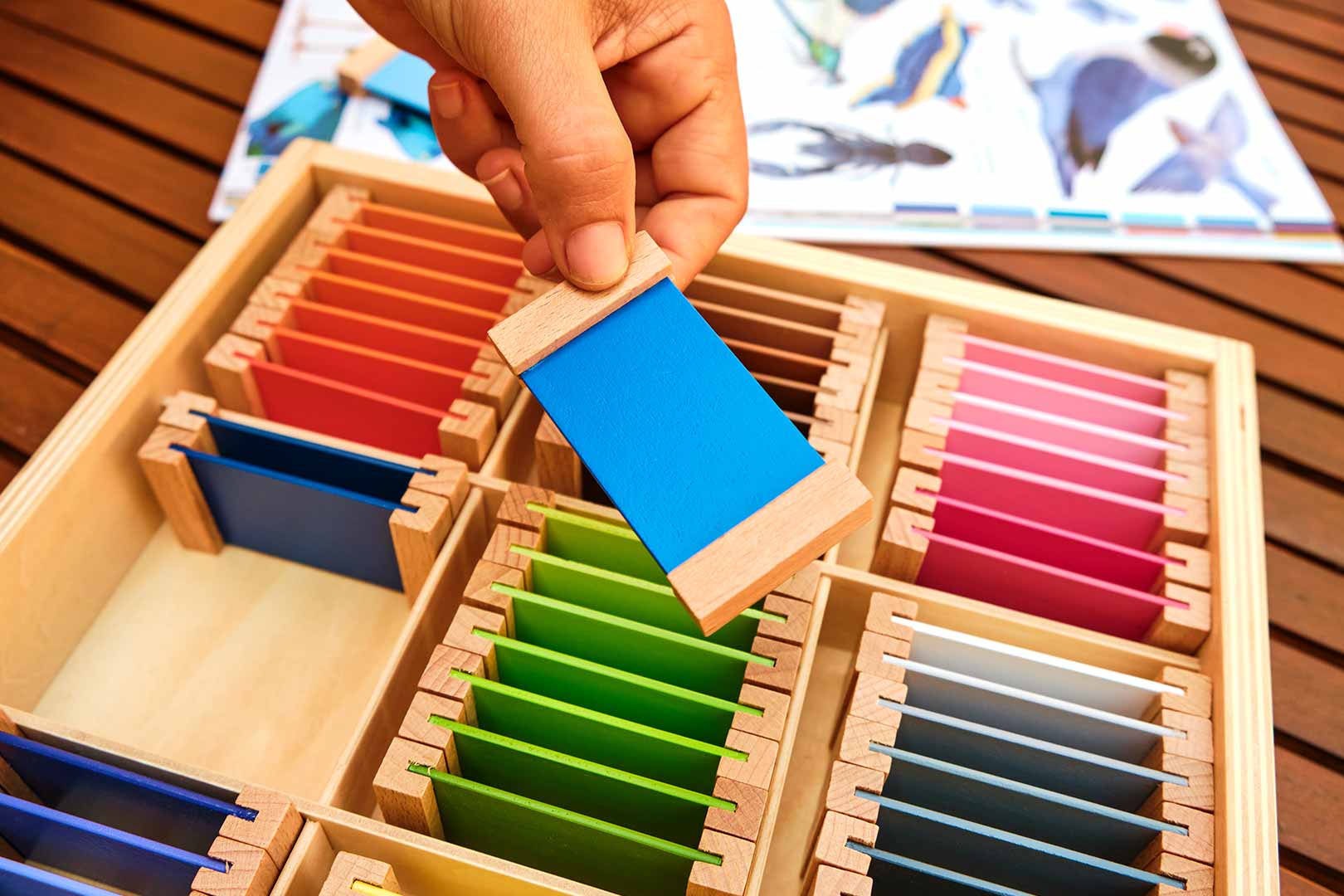

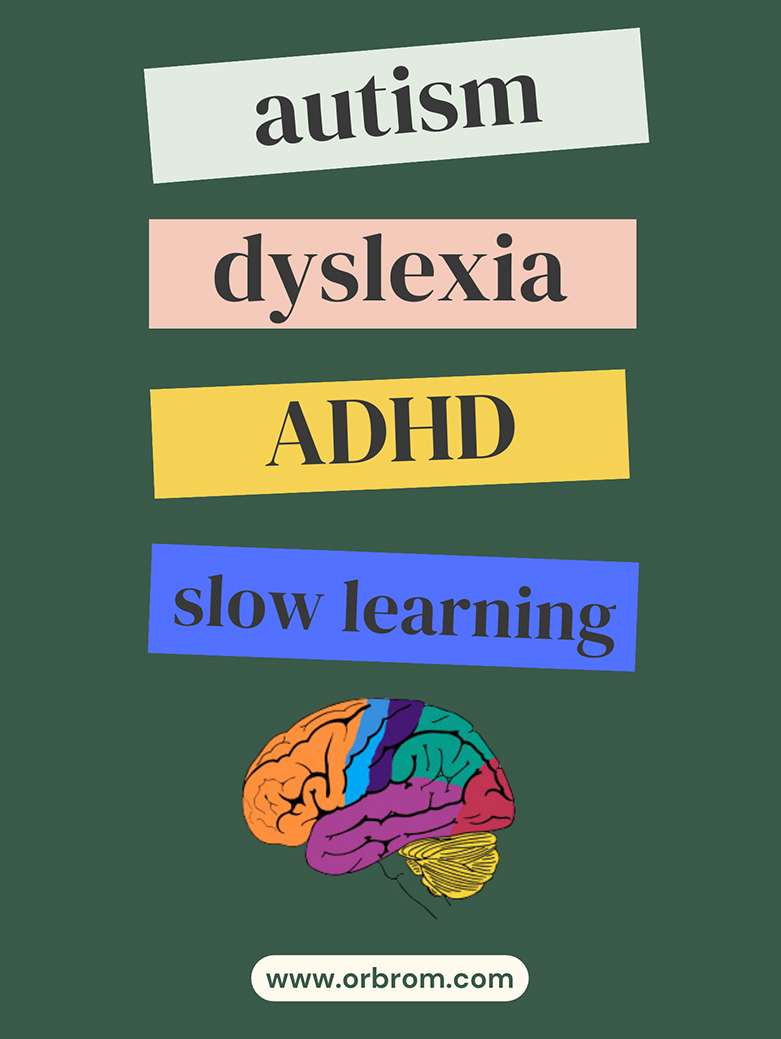

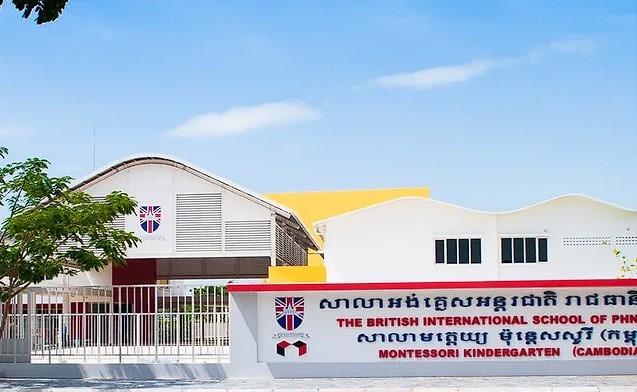
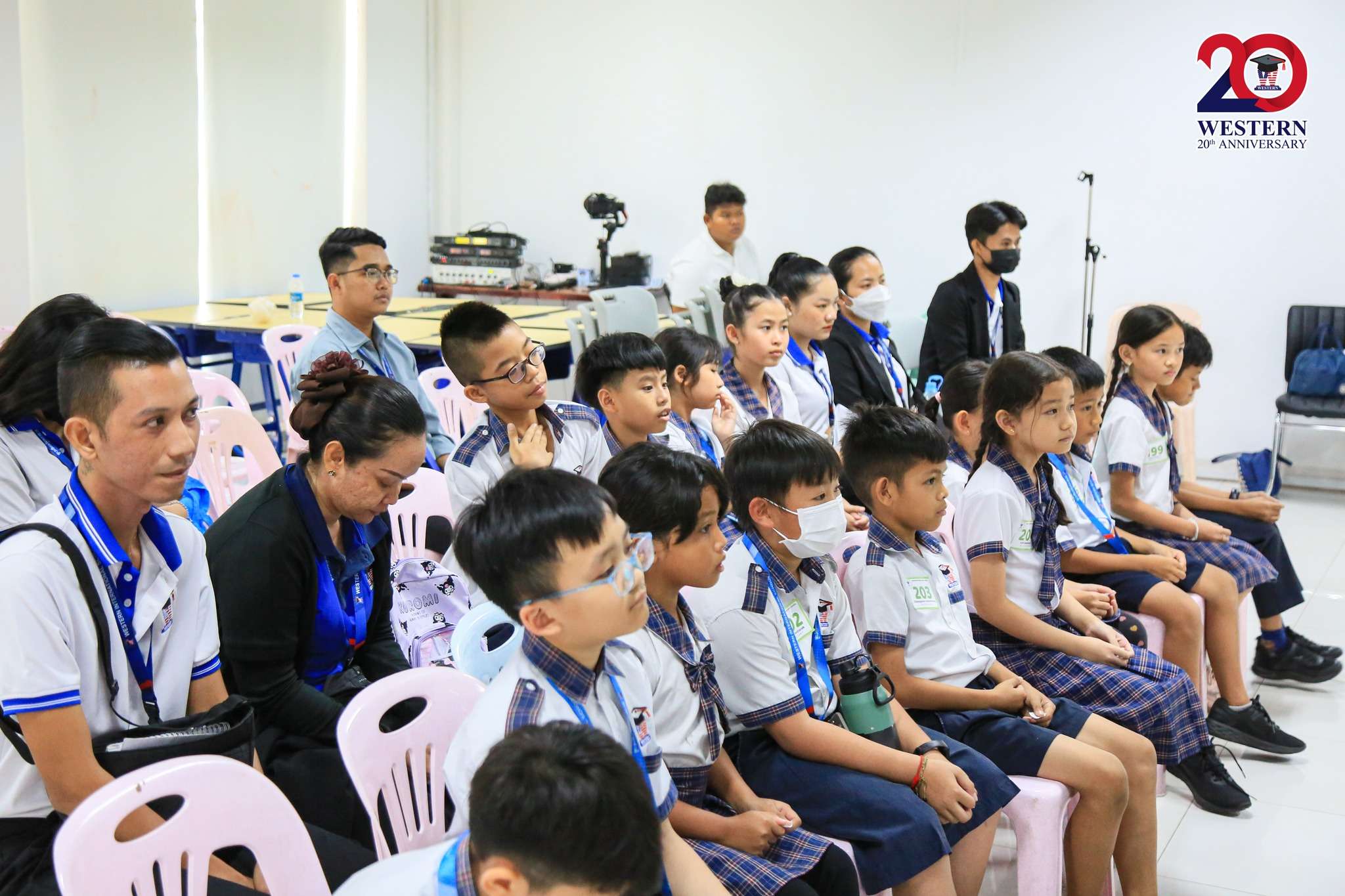
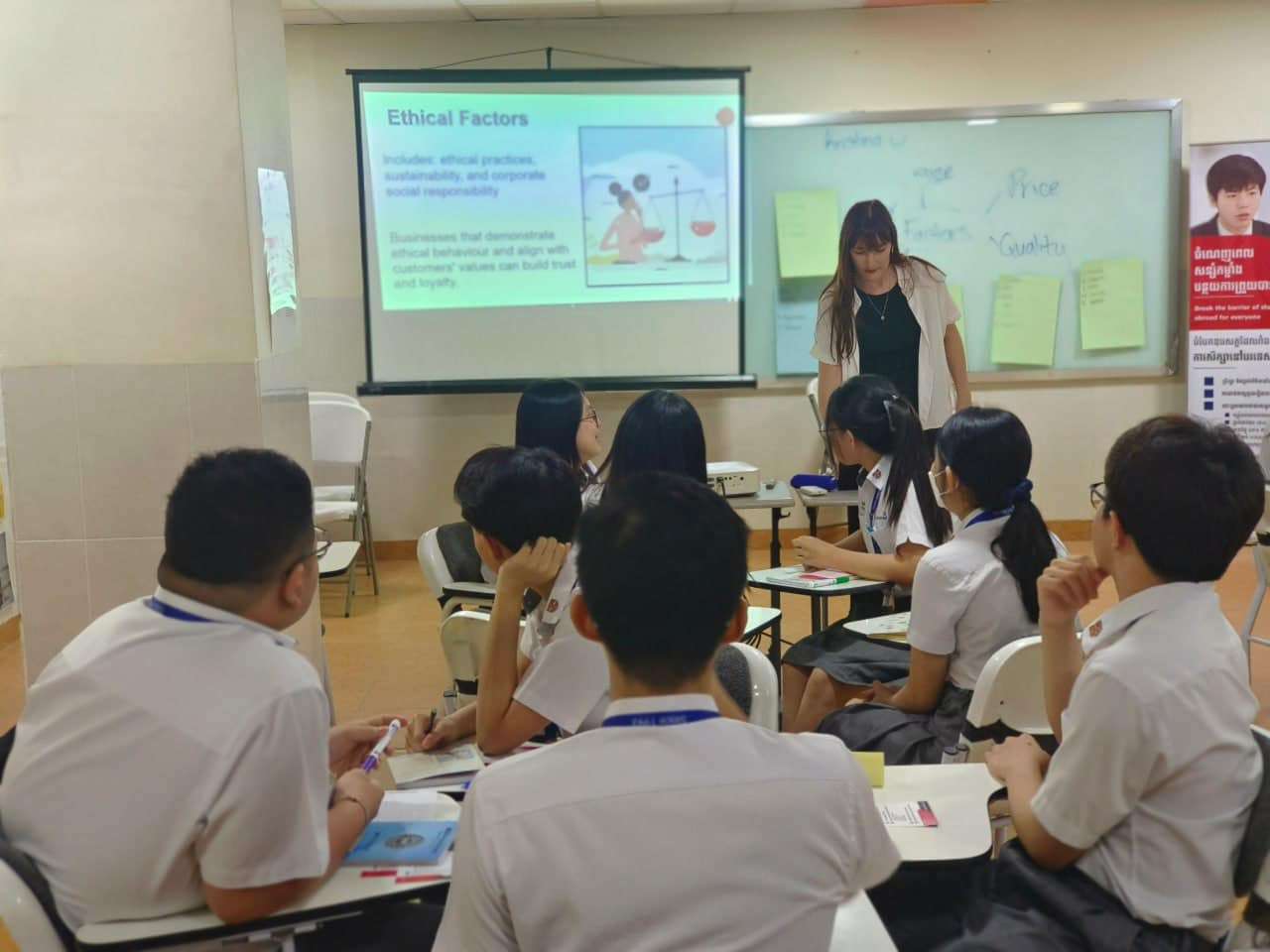
Leave A Comment